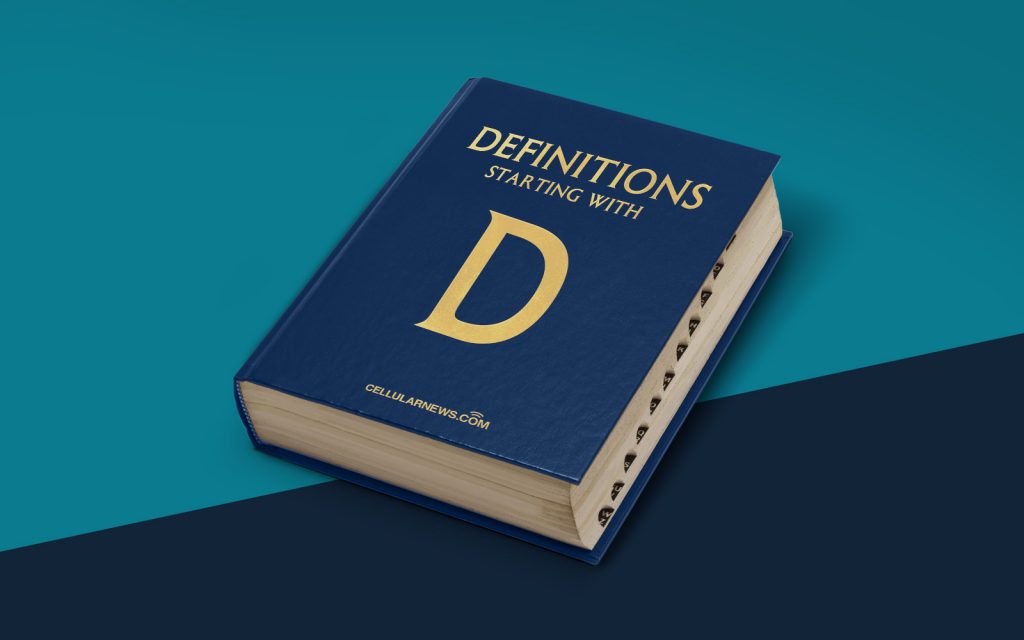
What is Donationware? Exploring the World of Generously Contributed Software
Imagine a world where software is freely available for download, with no upfront cost or nagging trial periods. A world where talented developers pour their efforts into creating useful tools that can benefit anyone, regardless of their financial situation. Well, welcome to the world of Donationware! In this post, we will dive deep into the definition, benefits, and examples of this unique software licensing model.
Key Takeaways:
- Donationware refers to software that is provided free of charge, allowing users to make voluntary contributions if they find it valuable.
- This licensing model promotes accessibility, community support, and allows users to determine the value of the software based on their own experiences.
At its core, Donationware is a simple concept. It is a software distribution method where creators offer their work without charging a fixed price. Instead, users are encouraged to make voluntary donations if they find the software useful or feel compelled to support the developers behind it. This approach allows software to reach a wide audience and promotes a sense of community and collaboration.
Donationware operates under the principle of reciprocity. Developers invest their time and expertise into creating software, and users have the opportunity to appreciate their work and provide financial support if they wish. It’s a win-win situation, where users benefit from the generosity of developers, and developers are rewarded for their hard work and dedication.
So why do developers choose Donationware? There are several reasons behind this decision:
- Accessibility: Free software allows wider access to useful tools, reaching a broader user base that may not afford traditional paid software.
- Community Support: Donationware fosters a strong community around a software product, encouraging users to provide feedback, suggest improvements, and contribute to its development.
- Determining Value: Users can evaluate the software’s quality, usefulness, and personal fit before deciding on a donation amount that reflects their appreciation and perceived value.
Now, let’s take a look at some popular examples of Donationware:
- CCleaner: This widely used software focuses on cleaning and optimizing computer systems. It offers a free version that users can upgrade to a paid version if they desire additional features.
- GIMP: An open-source image editing software that rivals industry giants, GIMP is available free of charge, with the option to donate to support the project’s ongoing development.
- 7-Zip: A powerful file compression and extraction tool, 7-Zip is offered as Donationware, providing high-quality features without any upfront cost.
In conclusion, Donationware is a fantastic licensing model that promotes accessibility, community engagement, and the notion of giving back. It allows software creators to share their work with the world while giving users the freedom to show their appreciation if they find value in the software. So next time you come across a Donationware application, consider making a contribution and supporting the dedicated developers behind it!
